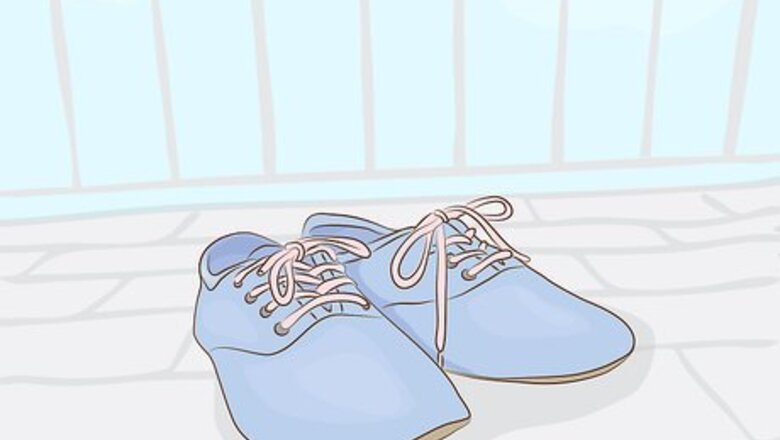
views
Setting Up the Area
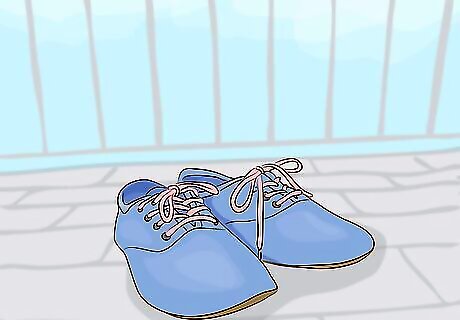
Take your shoes to a well-ventilated area. Scotchgard Fabric Protector is high in fumes, which you want to avoid breathing for too long. Going outside to spray your shoes is the best option if the weather is good. Otherwise, go into a garage or open the windows in the room. Keep your kids and pets away while you spray your shoes.

Lay down newspapers or a drop cloth. Since Scotchgard protects fabric by creating a waterproof seal, you don’t want to get it on things besides your shoes. Cover your floor or table with old newspapers or a large cloth of some kind. If you spray the shoes outside, no covering is necessary.
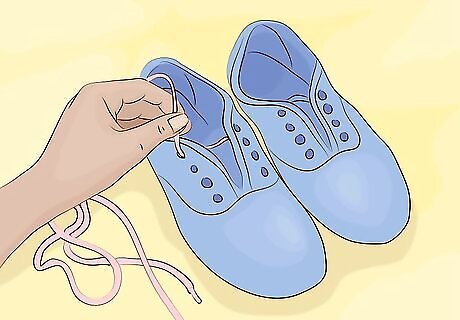
Remove the shoestrings from the shoes. Leaving your shoestrings in the shoes will create a zigzag pattern on the tongues of your shoes. Take them out so the tongue is totally exposed. Spray the shoestrings separately from the shoes if you wish.
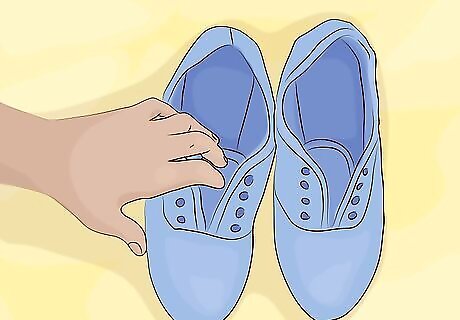
Push the tongue of each shoe down. The front edges of your shoes most likely cover the edges of the tongue. By pushing the tongue down into the shoe a little bit, you’ll uncover the whole tongue so it gets sprayed.
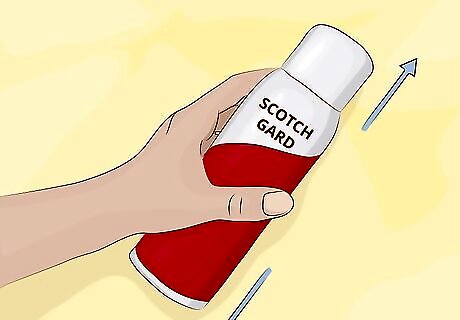
Shake the can. The contents of the can tend to settle over time, meaning it’s not mixed as well as it needs to be. Shake the can for about 10 seconds to completely mix it up again. It will still spray even if you don’t shake it, but it won’t coat the shoes as well.
Spraying Your Shoes with Scotchgard
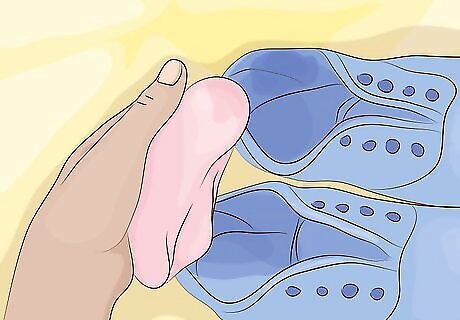
Spray a hidden section inside the shoe to test colorfastness. Scotchgard can cause colors to fade in some fabrics. To check this, spray a small spot inside the shoes and rub the spot with a white rag. If the color comes off the shoes, it’s best not to use Scotchgard on them. Most fabrics that can be washed can be protected with Scotchgard. If the shoes have the “X” symbol, like some clothing, don’t use Scotchgard. For suede shoes, be sure you are using Scotchgard Suede & Nubuck Protector. Don’t use Scotchgard on leather shoes.
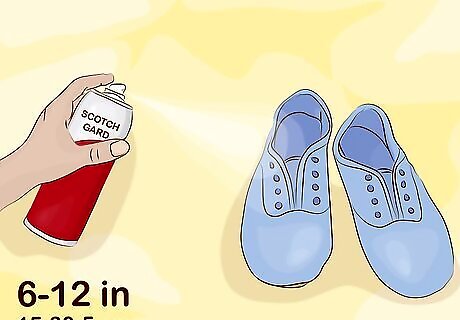
Hold the can 6-12 inches (about 15-30.5cm) from the shoes. Spray the shoes with a light mist that covers them completely. If you hold the can too close, it will saturate the shoes and not cover them well. Holding the can beyond 12 inches (30.5cm) will make the spray miss the shoes too much.
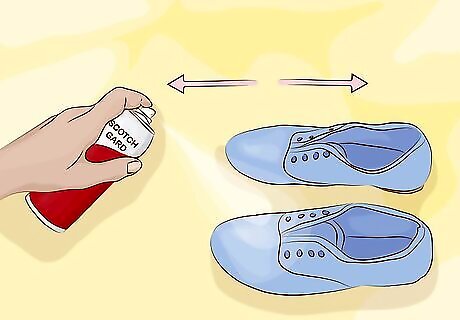
Sweep the can in a back and forth motion. Press the button that releases the spray. As you mist the shoes with the Scotchgard, move the can in a sweeping motion. Make sure that you cover the shoes completely, except for the rubber soles.
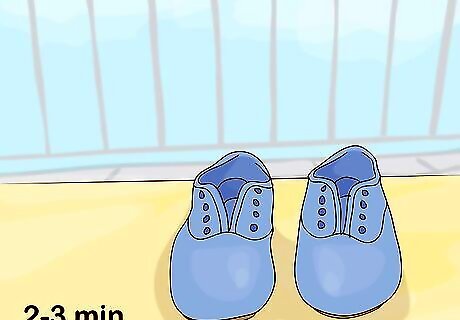
Let the shoes dry for two or three minutes. After spraying the shoes, let them sit right side up for a few minutes. This gives the Scotchgard time to soak into the shoes and dry completely. Set a fan blowing on the shoes to speed the drying time.
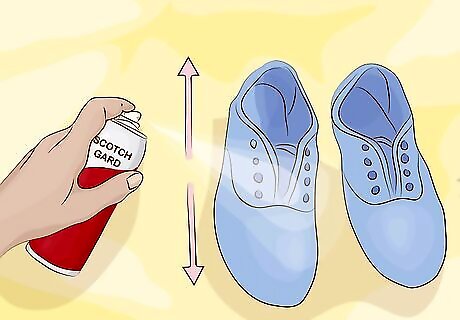
Apply a second and third coat if you want. One coat of Scotchgard may be enough to give your shoes plenty of protection. On the other hand, if you really want total waterproofing, apply one or two more coats of Scotchgard. You don’t want to totally saturate the shoes, but spray them again as you did the first time.
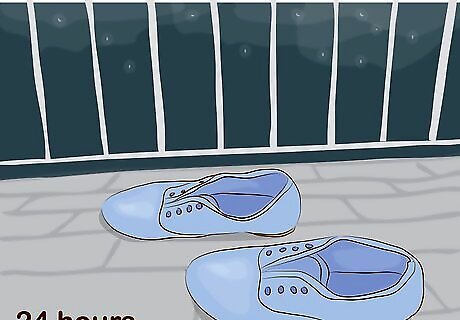
Let the shoes dry for a day. To make sure that the protectant has fully set into the shoes, leave them to dry for a full day. Since fumes from the Scotchgard may linger, leave the shoes outside or in your garage. Make sure they won’t get wet, though. You only need to apply Scotchgard once every 6–12 months.


















Comments
0 comment